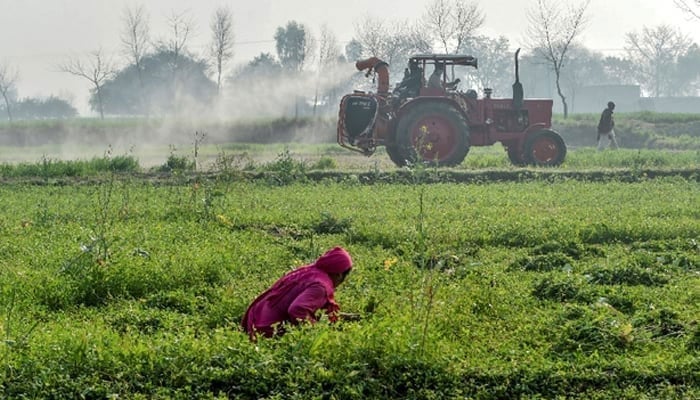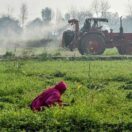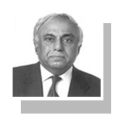By Memoona Qazi
Published in DAWN on December 23, 2021
The recent rise in Lahore’s smog levels were anything but unprecedented; the city is perhaps the most polluted in the world as it ranks above 100 on the Air Quality Index.
With the onset of the winter season, the city gets engulfed in pollution and smoke as smog takes over everything and makes everyday life difficult for its people. Unfortunately, this has become quite a pattern over the last five years. While people desperately wait to welcome the winter season each year, having faced a long and exhausting summer, the looming threat of combating the smog season hangs upon them.
However, the question remains: have we done anything to combat this? Unfortunately, no. It is rather surprising how the government has been dealing with the rising pollution levels of the country so far. This year too, as the winter winds began approaching the country, smog enveloped the city of Lahore in the cruelest way – and we kept waiting for the government’s action plan to take its course.
The authorities finally broke their silence on the subject – but only to add to our disappointment as the ingenious plan of combating smog revolved around shutting down all public and private schools every Monday. For the public, however, this has made no difference as students enjoy an extra day off or take online classes from the comfort of their houses and life continues the same way from Tuesday.
Although the government seemingly took this action out of goodwill to combat the rising pollution levels, it really shows their naivete and inexperience once again as the action seems to have had a negligible effect on the smog levels. What is required then is for our authorities to wake up and realise the root cause of the problem if they wish to eliminate it, which means they need to devise an informed population policy.
While the authorities were quick to figure out that keeping a major chunk of the population inside their homes would help lower pollution levels, it is rather upsetting how the real issue has yet again been pushed under the rug: population growth.
The government needs to realise the threats that the rising population growth poses for the country – be they in the form of the climate change crises and pollution, or the country’s poor economic performance. Today, the city of Lahore alone comprises around 11 million people. The rising population growth rates, coupled with increased urbanisation and internal migration toward the city, have pushed the city’s boundaries to expand farther outwards in order to cater the demand of the growing population.
Hence, it is no surprise that we see development of new housing schemes and an unmatchable traffic congestion throughout the city. But like everything, this too comes with a cost: with the large-scale expansion of the city in the form of new housing societies and shopping centers, mass deforestation has taken place in the past ten years or so. As the main source of oxygen gets depleted, coupled with rising pollution caused by traffic congestion of 11 million people, the air quality naturally gets worsened. And, while it is quite heartbreaking to put it this way, if a guided population policy does not take effect immediately the smog crisis will keep getting worse in the future.
Pakistan remains the only country in the South Asian region with an average fertility rate of 3.6, and while this poses a huge demographic threat to the development prospects of the country it is rather disappointing to observe that the government has yet to break its silence on the population crises the country faces today.
Perhaps we can look up to our neighbouring countries’ success – Bangladesh, and more recently India – who have successfully brought down their fertility rates to the replacement level and devise a population policy before it is too late.



